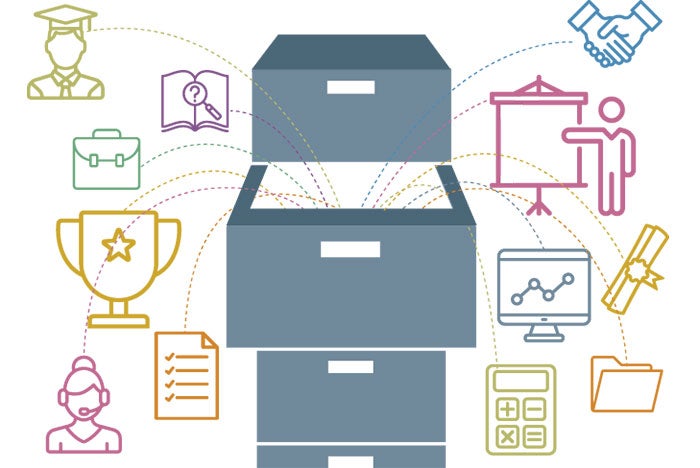Train-the-trainer tools motivate front-line ES techs
In hospitals and other health facilities, environmental services (ES) professionals at all levels play a critical role in infection prevention and control, waste disposal, patient safety and patient satisfaction. The Association for the Healthcare Environment (AHE), a professional association affiliated with the American Hospital Association (AHA), strives to ensure that its members, 92 percent of whom are ES managers or directors, have the management resources needed to motivate front-line staff and advocate on their department’s behalf to health facility administrators.
One of the AHE’s ongoing initiatives, We Are Environmental Services, educates health care professionals and consumers on the fact that ES professionals and technicians are part of the care team with a body of knowledge that is specific to health care. This campaign has been raising awareness of the limiting language that is still sometimes used when referring to ES staff or functions. Terms such as “housekeeper,” “housekeeping,” “janitor” and “custodian” — in signage, on badges or uniforms or in formal and informal communication with staff and patients — do not reflect the specialized knowledge and skills that health care ES teams have, notes Marci Butts, CHESP, a Cincinnati-area ES professional who chairs AHE’s Advisory Council and is a former director of support services for a large hospital. “We also oversee the whole waste management stream, laundry and linen operations and financial stewardship,” she says.
To foster professionalism and champion health care ES as an occupation, the AHE offers both certification and certificate of mastery programs to its members, 87 percent of whom have at least 10 years of health care experience. The main certification offered to the AHE members through the AHA Certification Center is Certified Healthcare Environmental Services Professional (CHESP), which requires 45 hours of continuing professional education (CPE) and must be renewed every three years. Thirty-five percent of AHE members have the CHESP certification.
Recognizing that front-line ES technicians also would benefit from formal training and certification programs, the AHE has set up two train-the-trainer programs for its members: Trainer-Certified Healthcare Environmental Services Technician (T-CHEST) and Trainer-Certified Surgical Cleaning Technician (T-CSCT). After earning these designations, AHE members have the knowledge and credentials to train and administer the certification examination to front-line staff members.
The CHEST credential, a three-year certification from AHE that requires a certain number of CPEs to renew, certifies knowledge in seven content realms: cleaning and disinfection, linen handling, infection prevention, floor care, safety, waste handling and communication.
The new and more specialized CSCT credential, which also must be renewed every three years and requires training followed by an examination, certifies knowledge in five core domains: infection prevention, cleaning and disinfection, communication, problem-solving, and impacts and outcomes. This certification acknowledges the influence operating room (OR) cleaning and disinfection has on patient outcomes and prepares those being trained in this area to interact effectively with nursing staff, physicians and other OR professionals.
More than half of AHE members have a college degree. Having an associate’s degree or a bachelor’s degree can offset some of the years of ES experience required to earn certifications.
But ES technicians and professionals who don’t have formal schooling beyond a high-school diploma still have many opportunities to enhance their skills, demonstrate their competency and dedication, and rise through the ranks.
“There are more opportunities now, thanks to the AHE,” says Butts, who has an MBA. “If a technician wants to stay in the environmental services arena, there are so many ways to get more education in the field and grow.”
“At most health care organizations, being certified provides a general career boost for techs,” Butts notes. “But more important, it changes their total outlook. My techs who have gone through the CHEST program have become more engaged in and proud of the work that they do and the value they contribute to the organization.”
Because they are more motivated, the certified ES technicians work harder, Butts points out. “We really get more out of them because they notice that people have taken the time to train them properly and show that they do have value.”
Carolyn Schierhorn, a freelance writer based in Wheaton, Ill., specializes in health care-related topics.



